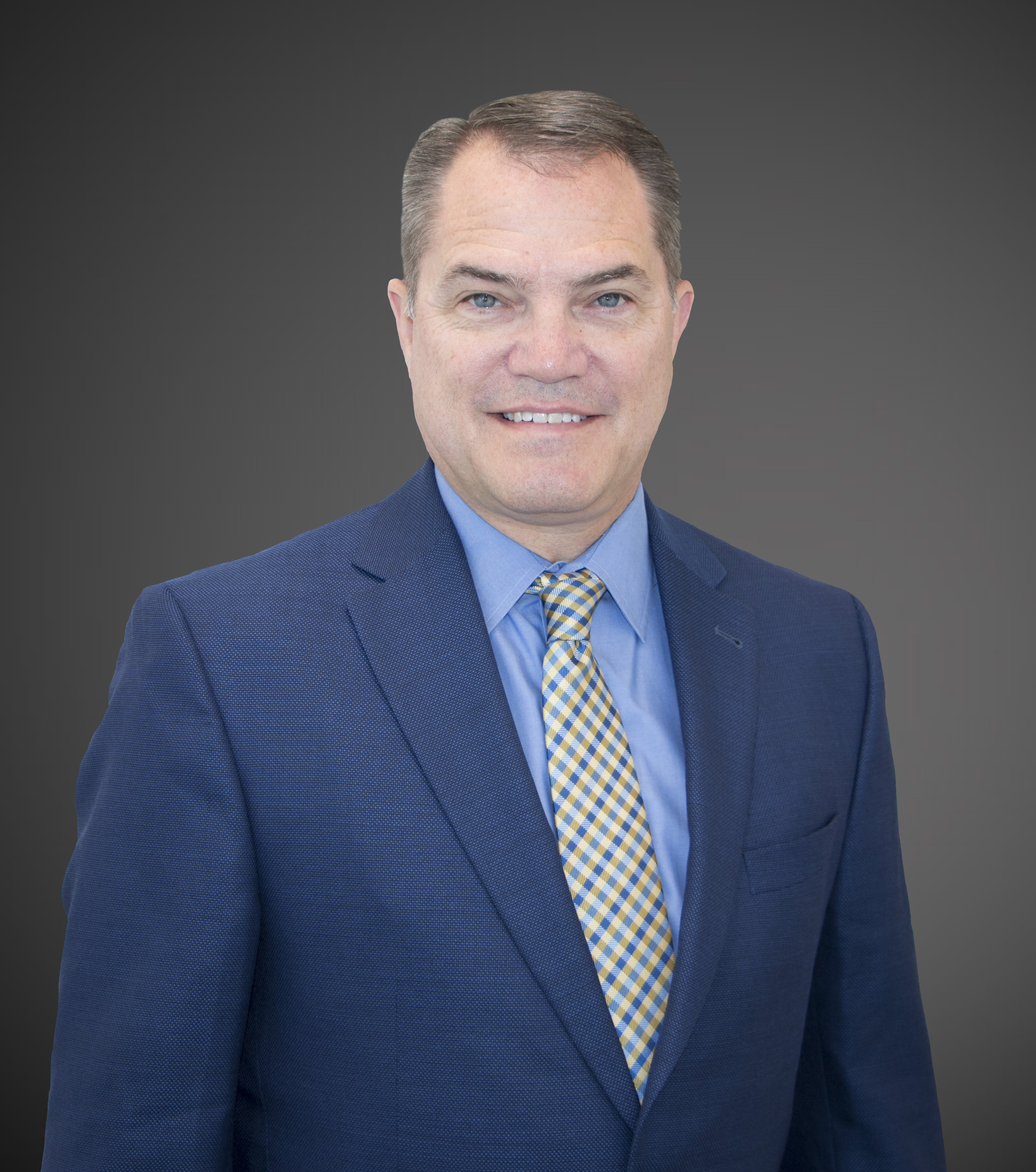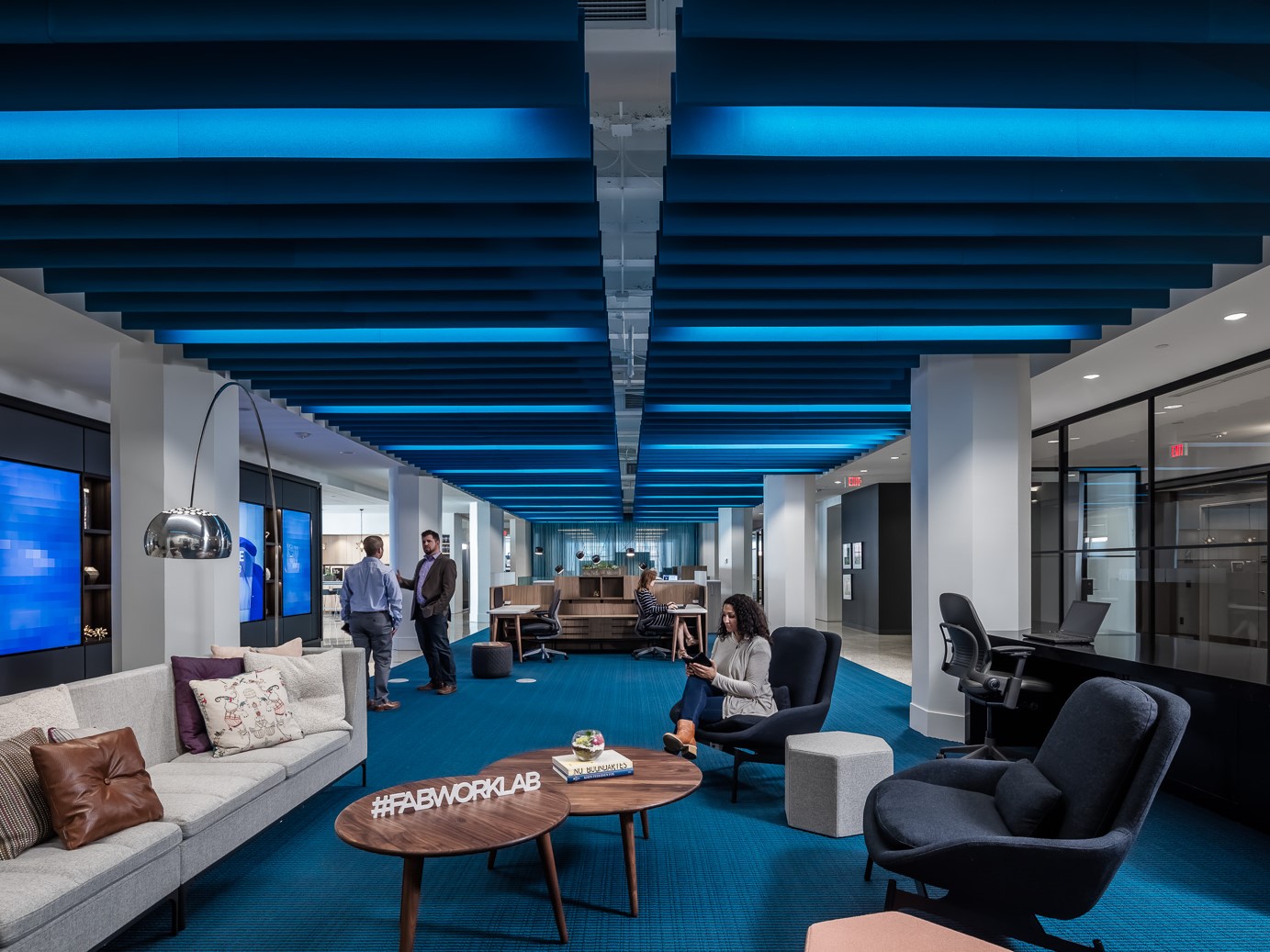Not long before InfoComm 2018, office furnishings provider Herman Miller headquartered in Zeeland, MI, announced its partnership with Whitlock. Marketed as “Living Office Settings,” the initiative bundles together office furnishings, technology, and services, giving customers one point of contact to completely outfit their workplaces, be they global enterprises or small to medium-sized operations. It’s been a little over a year since Whitlock rolled out its Collaboration-as-a-Service offering, and executive vice president Julian Phillips explained that this venture is one of several that his company has launched in an effort to address the needs of today’s workforce.

Does this fall into the category of the holistic approach to AV? Phillips believes it does. “When it comes to having the conversation with the customer, we don’t get into conversations about bits and bytes and specs and all the rest of it. We focus on: what are you trying to do in the space? What is the experience you want? What’s your strategy for attracting and retaining talent?” he illustrated. “The cool thing is, we can now do this as Workplace-as-a-Service. Not only can we say: ‘Here is the perfectly designed huddle room, the perfectly designed open collaboration space, or whatever it may be, but you can pay per employee per month if that’s actually how you want to do it.” The beauty of this model, he said, is that lifecycles are built in: “When they want to refresh the space, we’ll come in and refresh the whole thing—brand new furniture, brand new tech—and they just keep on paying the monthly fee.”
Phillips explained that Whitlock’s efforts are rooted in the need to address a different type of customer. Less and less is the firm having sales conversations with real estate representatives, facilities managers, and even IT procurement personnel; he said that these days, discussions involve CIOs, CEOs, and sales and marketing directors. “They’re not interested in technology,” he said. “What they care about is: what can you do for me? How can you help me accelerate my business? How can I grow? How can I engage my employees better? How can I actually be more productive? How can I attract talent? These are the kinds of conversations that we’re having now.” And while technology plays a significant role in answering these questions, clients also want it to be relatively invisible. “They want to have spaces [in which] their people can work productively, and they want the technology to melt away.”

AVI-SPL, number one on SCN’s list of Top 50 Systems Integrators, recently launched Rapid Rooms, which bundles AV and UC technology designed for meeting rooms. It’s the first AV-as-a-Service (AVaaS) offering in the company’s lineup, and includes hardware, software, and managed services for a fixed monthly fee. The package also includes planned refresh cycles for lifecycle management.
Dale Bottcher, executive vice president of sales and marketing at AVI-SPL, noted that the days of sales engineers focusing client discussions on specific technical components are over. “We’re really focused on the end user experience and the business outcomes or objectives that a company has, and then fitting the right technology to that,” he said. He noted that the company’s approach to projects has undergone a 180-degree shift: “[In the past,] we would always lead with technology first. Today, we’re leading with business discussions first.”
Bottcher acknowledged that this can be difficult for AV industry veterans accustomed to selling specific pieces of gear. He said that a focus on how AV can positively influence a client’s business outcomes requires AV firms to dig deep to learn what their clients are all about. “Not only do you have to have a good grasp on the technology like you’ve always had, but you’ve got to understand your customer, their business objectives or challenges, and the objectives they have for their technology solutions—what they’re hoping to solve, or how they’re [trying to] improve experience. Being better educated on your customer’s business is an absolute requirement now,” he said.

Historically, commercial AV has been about customization; designers and integrators would emphasize that no two projects were alike, and that theirs was definitely not a cookie-cutter approach. But while every project is different and customized solutions are still required, clients are also demanding standardized deployments that focus on consistency across their organizations. “Everyone is moving in the direction of the global deployment of standard-space conference rooms,” said Tom Spearman, executive vice president at Diversified. He noted that manufacturers are responding to this by developing their own room kit solutions, “and then what we do in the integration business is develop room standards that we promote to our customers in the form of kitted rooms. I think the real challenge is…strengthening our customer relationship by creating value in a market that is trending toward standards-based rooms. Either manufacturers can provide those rooms or integrators can provide those rooms. In order to continue to lead in the industry, we need to be at the forefront of that conversation with our customers.”

So, for that to happen, AV integration companies must adopt their own standardized approaches to projects—and remain faithful to them, argues David Judy, senior director of strategic programs at Diversified. “Right now, we all know what the AVIXA standards are, but the number of companies that really follow them day in and day out—whether it’s commissioning procedures, or design best practices—is still low. Adjacent industries see that.” When IT providers, architects, and even construction companies witness AV firms approaching projects haphazardly, the industry’s reputation suffers, and AV integrators are not treated with the same amount of respect as, say, IT integrators. “I think that the larger companies in the AV industry—and even some of the smaller companies that have adopted [things like] AVIXA’s standards, or AQAV’s AV9000—are starting to get noticed, and [because of this], are brought to the table a lot earlier.”
